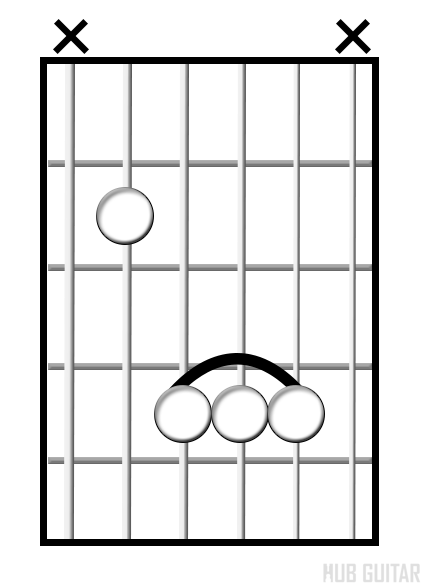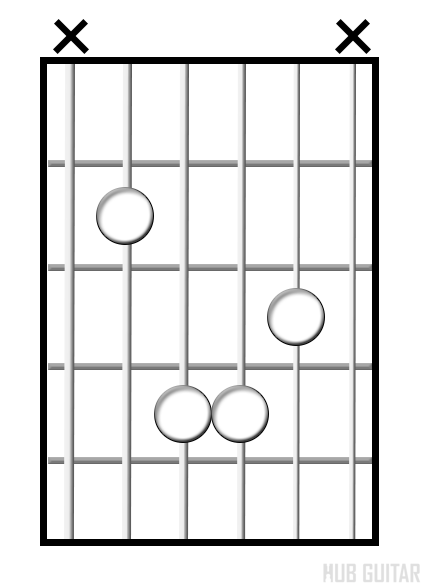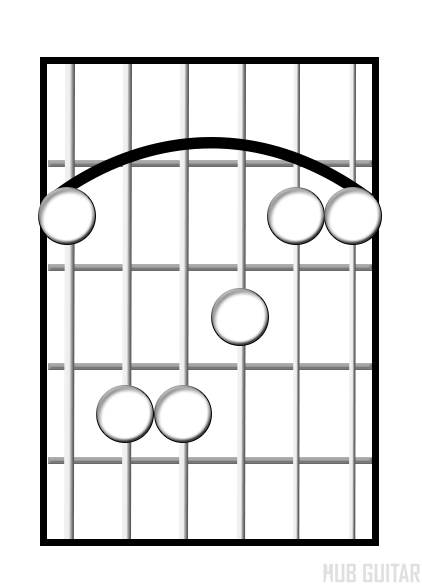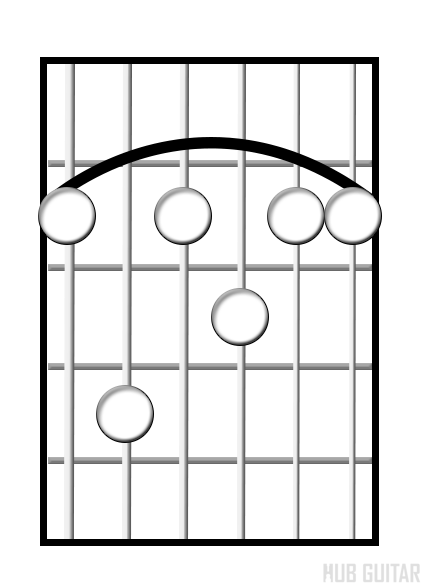How To Play Barre Chords (Introduction)
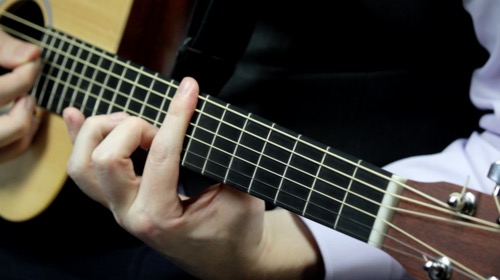
Hi. This is Hub Guitar.
Barre chords are sometimes a stumbling block preventing intermediate players from moving into more advanced levels.
The good news is that this obstacle can be overcome with patient practice. The problem has a lot to do with technique, so be sure that your technique is sound and that you are doing what you can to strengthen your hand and wrist. It's also a good idea to make sure your guitar is set up properly, and that the action is low enough, so make sure the strings are not too high.
We're going to do some barre chords with the root on the sixth string, as well as some with the root on the fifth string. We'll do major, minor and dominant chords for both. With these six chord shapes, you'll be able to play almost any song.
You want to be aware that if the string passes directly underneath the finger joint of the barre finger, you might have trouble pushing the string down correctly because it can actually get stuck in that little crease in your joint. So I'm gonna show you an example of that. This guitar I'm playing has a little bit of a narrow nut width. So sometimes I found that when I'm playing barre chords, the strings starts to pass directly underneath that joint and it will make it difficult to barre it correctly. So I'm gonna show you the six barre chord shapes that you should start with. The first three are going to start with the root on the sixth string. So we're going to do a C major here. This is a lot like the E shape you've probably learned as an open chord, but it's moved up here, and you've got the index finger barring strings one, two and six, then turn it into a minor you lift this finger up. That's not all you have to do, because if you don't have a good enough grip on the guitar, you're not gonna hear that note. You can cheat if you want, you can stack two fingers together, no one says you can't do that. So there is the minor, same thing as the E minor shape, the seventh of course, same as the E seven shape. Again you have to make sure that, especially if that string is passing underneath your finger joint that you're able to squeeze it enough. So there is your C7. Now we're going to do three more with the root being here, C on the fifth string. So the first is the C major, same thing as the A major open shape. There is an optional high note here if you wanna play that. And C minor is same as the A minor. So you're using your first finger to barre fifth and first. Finally C7 is same as A7. Again you're gonna make sure any of those notes being played by the barre have enough support. You can use two fingers when that's available. One more note about the major shape here. The barre and this chords actually are the third finger. So you have to collapse that joint so that you can play three or more strings with that finger.
So once you've got these 6 shapes down, you'll be able to play almost any song that you would hear on the radio. That will allow you to take your playing to a whole new level.
A Warning
Warning: Barre chords (sometimes incorrectly called “bar” chords) often become a stumbling block for learners trying to move to the intermediate level. The key is to build up the strength in your hand by practicing every day. You can use special tools to improve your hand strength between practice sessions if necessary.
About Your Equipment
By the time you begin learning barre chords, you need a quality guitar that is set up well. You should have the actionThe action refers to the string height of a guitar, affected both by how high the strings rest at the bridge of the instrument and by how high they rest at the nut by the headstock. set as low as possible. It is also ideal to use the lightest gauge strings available, especially for acoustic players. (10’s for acoustic, 9’s or even 8’s for electric). It may be best to take your guitar to a professional for adjustment. (Read more about setting up your guitar.)
How to Study Barre Chords
Memorize all six chord forms.
Play two each of the following chords: C, G-, B7 (dominant chord).
Start at the first fret and play the 6th string root major chord shape, followed by the 5th string root major chord shape. Move up to the second fret and repeat. Continue all the way to fret XII and then start moving back down. This exercise is very effective and will help you to quickly master the chord shapes.
5th String Root
6th String Root
Key Tasks
- Memorize the six barre chord forms here.
- Use the barre chord forms to play the chords: G, C, D, E-.
- When there are two choices, try to use the closest chord shape.
 As the creator of Hub Guitar, Grey has compiled hundreds of guitar lessons, written several books, and filmed hundreds of video lessons. He teaches private lessons in his Boston studio, as well as via video chat through TakeLessons.
As the creator of Hub Guitar, Grey has compiled hundreds of guitar lessons, written several books, and filmed hundreds of video lessons. He teaches private lessons in his Boston studio, as well as via video chat through TakeLessons.